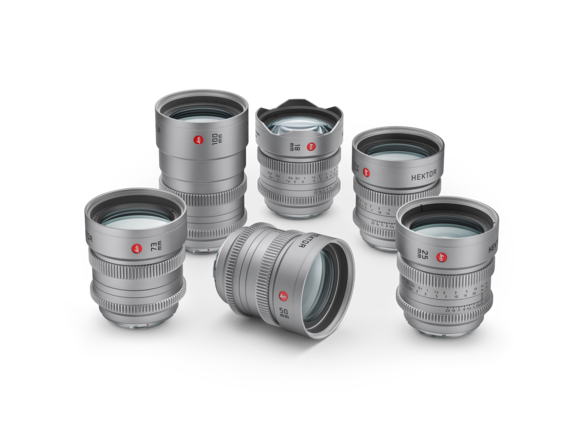OCTOBER 04, 2020
“When we put the Leitz Thalia lenses on the camera I saw the best parts of what I saw with the Summilux-C lenses, but on a more epic scale.”
Cinematographer Tim Ives, ASC began a love affair Leica nearly 25 years ago when he purchased his first Leica rangefinder camera, a brand new M6. “It’s the first thing I purchased for myself when I actually started making money in the film industry,” said Ives, “and I’ve kept it with me ever since.”
Fast forward to 2012 when Ives took over as DP of the HBO series Girls for season 2. “The show shot on ARRI Master Primes for the first season but wanted a softer, more forgiving look going forward and this was the first time I had a chance to test the Leica (now Leitz) Summilux-C cine lenses. They had exactly the look we were going for. Unfortunately for us they were very new at the time and we were a budget show and couldn’t afford them, but I kept them in mind waiting for a project that would be right for them.”
Jump cut to 2015 when Ives was brought in by the writing/directing duo the Duffer Brothers to shoot a Netflix series called Stranger Things and had a chance to set the look from the beginning. “The decision to shoot a combination of Leitz Summilux-C lenses and RED cameras was an easy decision for us,” Ives said. “The lenses have a simplicity to them that translates light in a very natural way, which is hugely important to how I work, but representing skin is where Leitz lenses really shine. I’ve always seen Leica M photography lenses and the cine lenses as being particularly strong with portraiture and skin tones and the Summilux-C lenses did not disappoint. I was able to light in a very natural way and get exactly the soft look I was going for.”
For season 3 of Stranger Things Ives wanted to try out the latest camera technology and lens combination but also wanted to stick with what was working for him: Leitz and RED. “I knew I wanted to switch to a larger format,” Ives said. “We tested some other lens and camera combinations for season 3, but to me this was a no-brainer to go with RED’s DSMC2 8K VV camera with the Monstro sensor. When we put the Leitz Thalia lenseson the camera I saw the best parts of what I saw with the Summilux-C lenses, but on a more epic scale.
“With the large format we are able to see and shoot more. Our sets feel larger and grader and the close ups feel bigger. Honestly, the big close ups are what sells it for me. I love using the 70mm Thalia for a close up. For season 3 I think that the format will be a difference that people will notice. Compared to Super 35 you feel the fall off so much faster and get great separation and dimensional magnification even at slower T-stops then you’re used to.”
Most of the Leitz Thalia lenses are around T2.6 – T2.8 aperture, which was a change from the T1.4 Leitz Summilux-C lenses. “At first I had concerns about the T-stops,” Ives said. “With the Summilux-C I would usually shoot between T2 – T2.8. But now with Monstro and Thalia I’m shooting T2.8 – T4 regularly. Even at T4 – T5.6 the image has the fall off I want and the bokeh is stunning. With new sensors shooting clean at higher ISOs the stop doesn’t matter as much for lighting. Even at 800 ISO we’re at a T4.0 and it’s never a problem. I haven’t struggled to light into the subjects. In fact, I’m embracing my darker instincts.
“With film we would always be adding more light to refine the image. With digital cameras I find myself more often subtracting light to fine-tune it. As the seasons progress I’ve honed down the lighting and now try to use single source as much as possible and not rely on a ton of light. I like to fill very gently with a motivated hard edge light. With other glass the contrast would make this difficult, but I feel I can light very naturally with these lenses.
“The Thalias and the Summilux-C both respond to light in very similar ways, but the Thalias are a bit more like how my eye sees light. The history of Leica has always been natural light photography and that really shows in the Leitz cine lenses. There’s something about that that feels epic but simple at the same time.”


